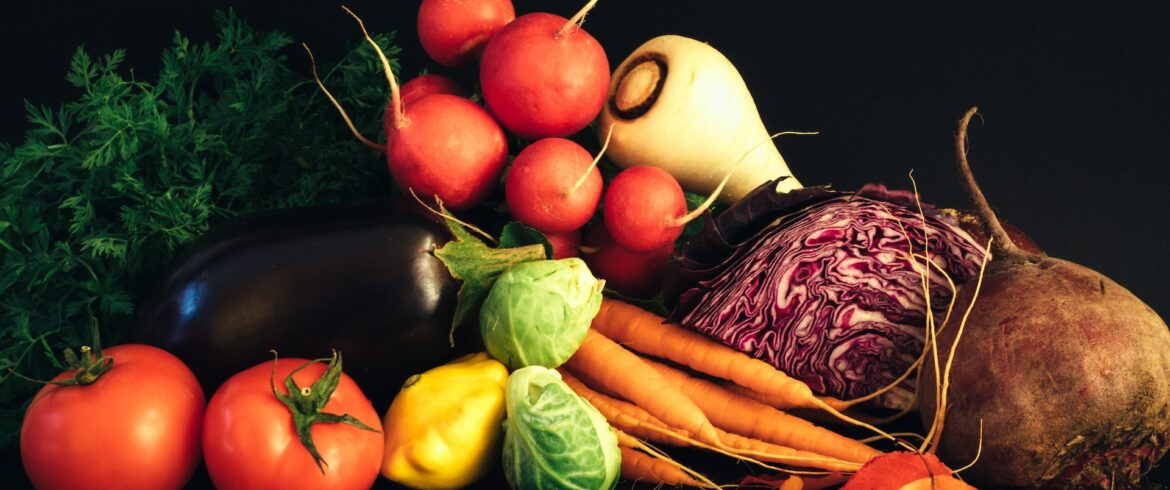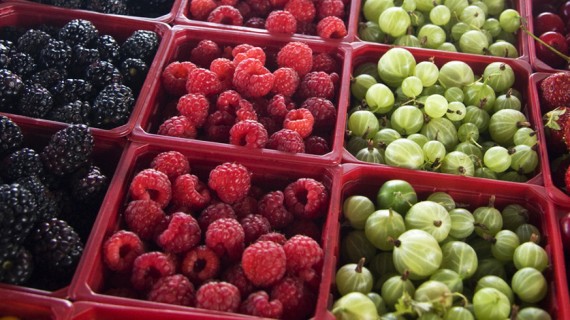Have you ever evaluated what foods pollute more and the environmental impact of the food products we buy and that fill up the grocery stores? Probably not. We are so worried about our daily concerns that we often neglect that it we should pay more attention to our everyday nutrition. The process of production of many foods implies the pollution of our planet and we have to take it into account nowadays: this impact is measurable through the ecological footprint, in other words, an index that can be useful, as it keeps track of the use of productive surface areas employed in the regeneration of the resources.
Ecological footprint

Many studies, in particular by Oxford University, published on the scientific magazine Pnas, and the Universität Augsburg and Munich, reveal that the consumption of meat, fish, and dairy products occupies the highest steps of the ranking as far as polluting products are concerned.
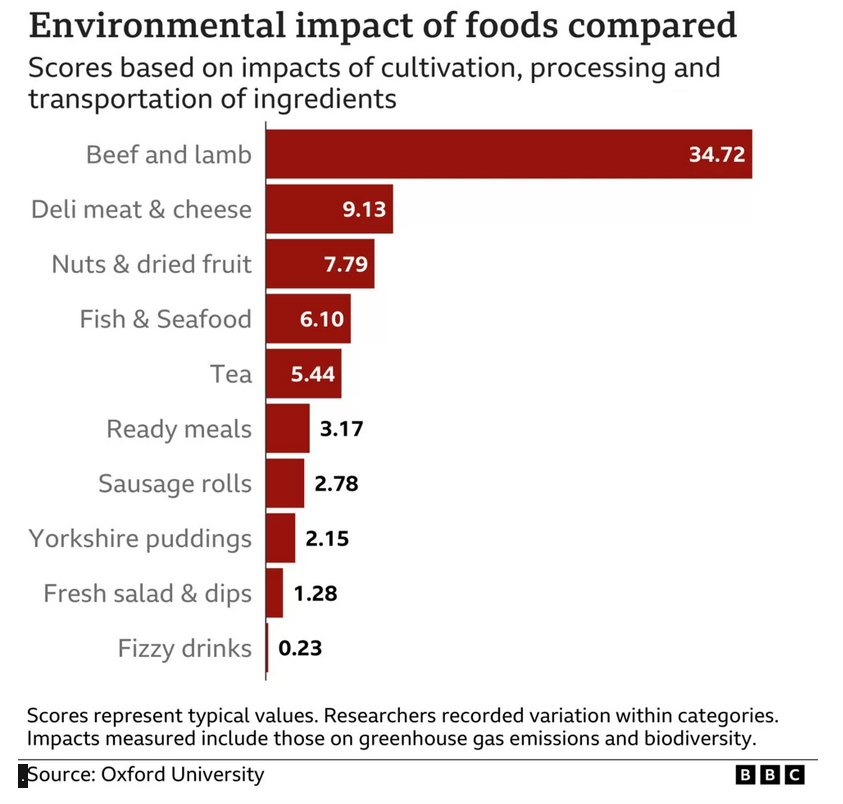
Using a specially built algorithm, the Oxford University study calculated the ecological footprint score of over 57,000 foods sold in major supermarkets in the UK and Ireland, assigning them a score from zero (no impact) to 100 (maximum environmental impact) evaluated on 100 grams of the product.
The environmental impact calculated by the algorithm took into consideration the methods of cultivation or breeding, processing, and transport. The result is that foods containing meat and dairy products score much higher than those with more plant-based ingredients.
On the other hand, products made with cereals, fruit, and vegetables represent the more sustainable foods in this list.
It is essential not to fall for a generalization: not all cookies made with cereals or vegetables share the same ecological footprint; you should be able to choose the best ones and prefer organic products and possibly zero food miles. By doing so, you are not only helping the environment, but simultaneously, you are also supporting your body, as these studies prove that the products with a smaller environmental footprint are at the same time those with a better nutritional profile.
Fairer prices
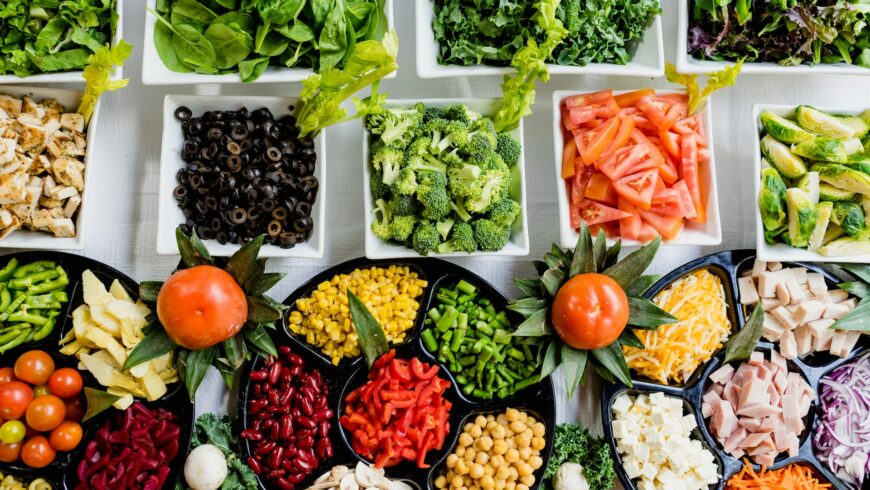
Most of the time we don’t care about the consequences on the environment of the products we are buying, because we focus more on the price. The actual cost of meat is misleading since it doesn’t take into account the real invisible cost that it causes to the Earth. If the price included the greenhouse gas emissions originated from the process of elaboration of these products, the price would be higher and the buyers would avoid buying the foods that pollute more, preferring more sustainable and less impacting alternatives.
This is demonstrated by an important study (Calculation of external climate costs for food highlights inadequate pricing of animal products) made by the Technische Universität München and the Universität Augsburg. The researchers calculated the CO2 emissions of various food products to identify their actual ecological footprint. Once the climate damage has been defined, it has been monetized, i.e. converted into additional food costs.
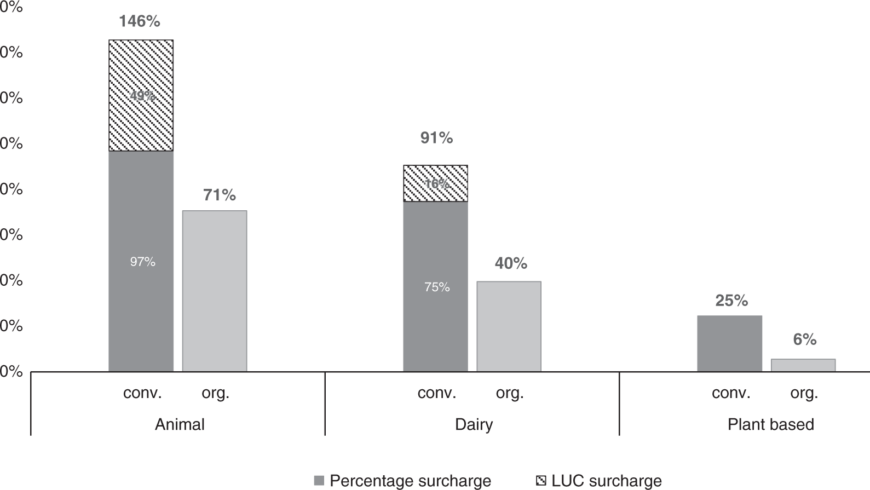
The upshot is that if the foods analyzed included their climate costs, dairy products should be 91% more expensive than they are today, and meat products should cost up to 146% more.
If the “polluter pays” principle was applied, there would therefore be an important change in food choices: expensive foods would be less in demand, thus favoring the path of sustainability.
Cover image: photo by Sharon Pittaway via Unsplash
